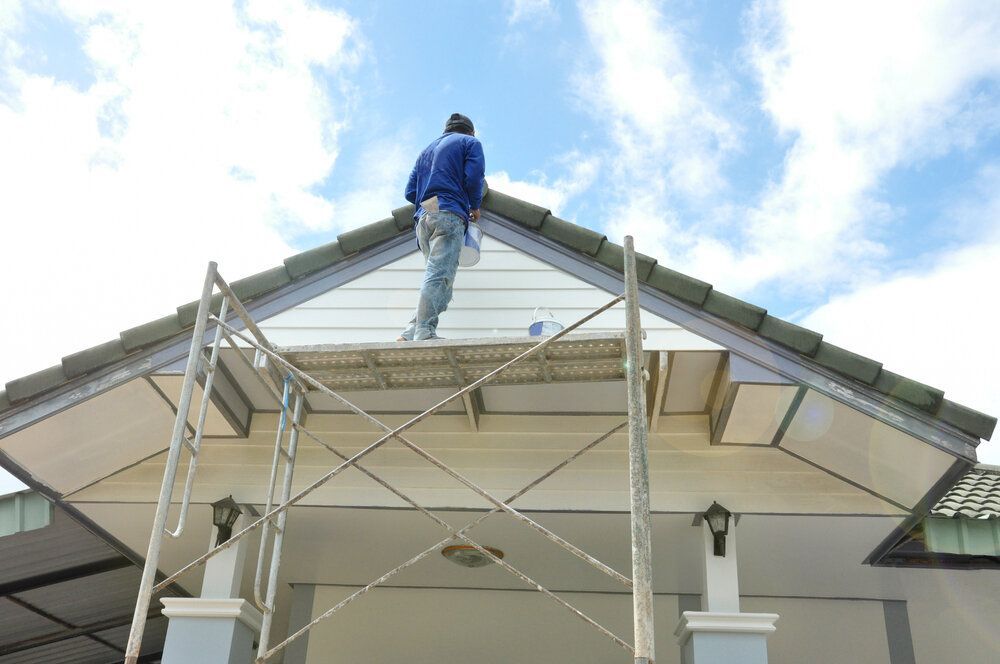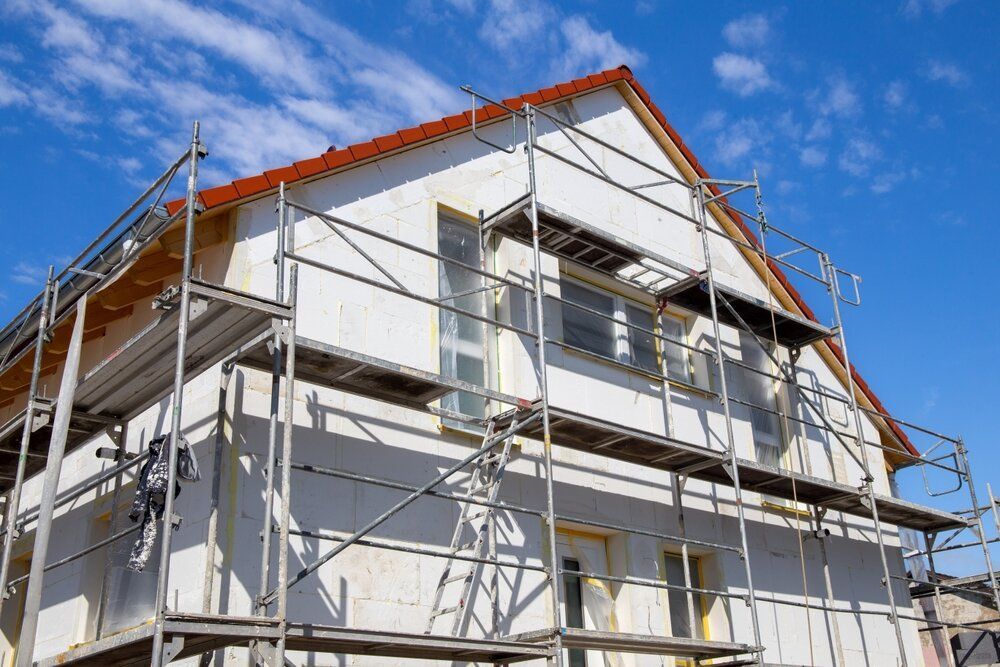Blog
Blog

By Luke Booker
•
February 25, 2025
Non-Peeling Stain vs Peeling Stain: What's The Difference? As a company that focuses primarily on deck and fence staining, we have a lot of experience working with all different kinds of stains in the Ottawa area. To oversimplify it, stain can be broken down into two categories; peeling, and non-peeling. The difference between the two is pretty self-explanatory, but we will look deeper into the benefits and drawbacks of each, and then help you decide which stain to use on your next staining job. What Makes A Stain Peel? To start off, we need to identify what makes a stain peel. Any stain that forms a barrier overtop of the wood is what we call a mask-filming stain. Usually, this stain is water/acrylic based. These stains over time lose their bond to the wood and will flake and peel off, often reminiscent of how paint acts. When wood expands and contracts, which it does a lot in Ottawa thanks to the severe weather changes we experience, a mask-forming stain struggles to adjust and will end up flaking off of the wood over time. Moisture buildup, especially for a prolonged period, is even tougher on a mask-forming stain. If the stain stays wet for too long, it loses its integrity and will wash off, leaving bare spots and flakes of stain all over your deck. Ottawa weather is very tough on these stains, especially on decks, because snow will usually sit on the stain for months at a time, keeping the stain wet. Below is a picture of a stain that has started to peel.

By SOAP MEDIA
•
April 18, 2024
The quest for a personal haven of tranquillity often leads us to the soothing embrace of a spa. But what if that tranquillity didn't require stepping outside your front door? At Clear Cut Painting, we believe reinvention begins at home—chiefly with the alchemy of a well-curated paint palette. Bathroom painting is more than a fresh coat of paint. It's about engendering a mood, a whisper of indulgence, and a breath of calm. Here's your guide to molding a spa-like sanctuary where the bathroom isn't just a room but a passage to peace.
Useful Links
Contact info
Send Us A Message!
Thank you for contacting us.
We will get back to you as soon as possible.
We will get back to you as soon as possible.
Oops, there was an error sending your message.
Please try again later.
Please try again later.








